When the beer is warm, it’s time to start troubleshooting boat refrigeration. And if it’s not because you just put a six-pack in the fridge or because it’s an especially hot day, we have a helpful tip for you.
Signs of a Problem
The first time it happens, you may blame human error. But the next time you head to the fridge, you can’t deny it. Nothing is as cold as it should be. But a little later when you go to get something else out, you can’t deny the fact: it’s not as cold in there as it should be. Perhaps the frost on the chill plate is melting. Or maybe frozen items are thawing.
Obviously, something is wrong with the boat refrigeration. Time to pull out the owner’s manual. Check out repair books on board. Or maybe you immediately call the local refrigerator technician.
Troubleshooting Boat Refrigeration on our Boat
All of the above happened to us. The refrigerator had been working just fine. The weather hadn’t suddenly turned hot. Nor was there any obvious explanation for the problem. So we assumed that the refrigerator needed to be recharged. We read up on the procedure, borrowed gauges and proceeded to do it. No improvement.
We then decided that the problem was beyond us and we called in the refrigerator repairman. He figured that we had added too much refrigerant. So he evacuated it all and then recharged it. He left us instructions to let out a tiny bit more gas if it still wasn’t cooling right. And he told us to allow 24 to 48 hours for everything to “settle out.”
Two days later, it was obvious that refrigeration was worse, not better. And now the refrigerator was running literally all the time,. It ate every bit of power we had. Normally, our solar panels could keep up with our power needs. But now they weren’t. We were having to run the engine for a couple of hours a day — yikes!
And so we just turned the refrigerator off, except when we were actually testing something on it. Drinks went in a cooler (luckily we were anchored in a town and could get ice). And we otherwise did without refrigeration.
Finding the Problem
That’s when we had a big revelation. Even without the refrigerator on, our batteries drained overnight. While the solar panels were putting power into the batteries, the batteries weren’t holding the charge. Therefore, the voltage was down most of the day (mid-day the voltage was up when the sun was at its peak with the solar panels).
So how did this affect the refrigerator? With low voltage, the compressor didn’t operate efficiently and thus the box didn’t cool as well. The thermostat kept saying that the box wasn’t cool, and told the compressor to run longer. The compressor running longer took more battery power. This dropped the voltage still further. And the circle continued ever downward . . .
Three days later, we had new batteries. (I’ll spare the details of the fun we had other than to say that Dave used almost all his “sailor who worked in a steel mill” words as we got the old ones out and the new ones in to a very inaccessible compartment and hooked them all up.) A few hours later we had a COLD BEER from the refrigerator!
Lesson Learned
If your refrigerator isn’t as cold as it was, and is running more and more with no apparent cause such as suddenly hotter weather, it might not be a problem with the refrigerator but with your batteries.
After the fact, we discovered that the “troubleshooting panel” on the refrigerator compressor did have a light for low voltage. ,But we missed seeing it because of the way that the unit was mounted. We later helped some other cruisers figure out similar problems by knowing to look for this. One note, though: to check for low voltage, all charging sources (solar, wind, alternator or generator) have to be off, typically for a half hour or longer.
Advice from Readers
We get the best information from fellow cruisers and readers. Here are some tips they’ve passed along.
Cruisers Barbara and Jim suggested a great tip for tracking your boat temperature to find a problem faster–buying an indoor/outdoor thermometer. It allows you to see the problem before food begins to warm up. And you can keep track without opening the fridge, letting out the cold. We bought the Acu-Rite wireless thermometer on Amazon.
Refrigeration technician Mike pointed out that some compressors are particularly sensitive to low or fluctuating voltage. If a problem goes on too long, you may burn out an expensive component. Sounds like another good reason to resolve the issue quickly.
Tobi had another great tip for troubleshooting boat refrigeration. When you motor for an hour or so, do you find the refrigerator cooler than usual? If yes, your fridge is working properly but needs power to do so. It could be a sign the battery is not charging sufficiently.
Hopefully all these tips will help the next time you’re troubleshooting boat refrigeration so you can avoid the issues we had.
Related Posts

Carolyn Shearlock has lived aboard full-time for 17 years, splitting her time between a Tayana 37 monohull and a Gemini 105 catamaran. She’s cruised over 14,000 miles, from Pacific Mexico and Central America to Florida and the Bahamas, gaining firsthand experience with the joys and challenges of life on the water.
Through The Boat Galley, Carolyn has helped thousands of people explore, prepare for, and enjoy life afloat. She shares her expertise as an instructor at Cruisers University, in leading boating publications, and through her bestselling book, The Boat Galley Cookbook. She is passionate about helping others embark on their liveaboard journey—making life on the water simpler, safer, and more enjoyable.
Your VHF can do so much! Learn how to use ALL its features for just $39:
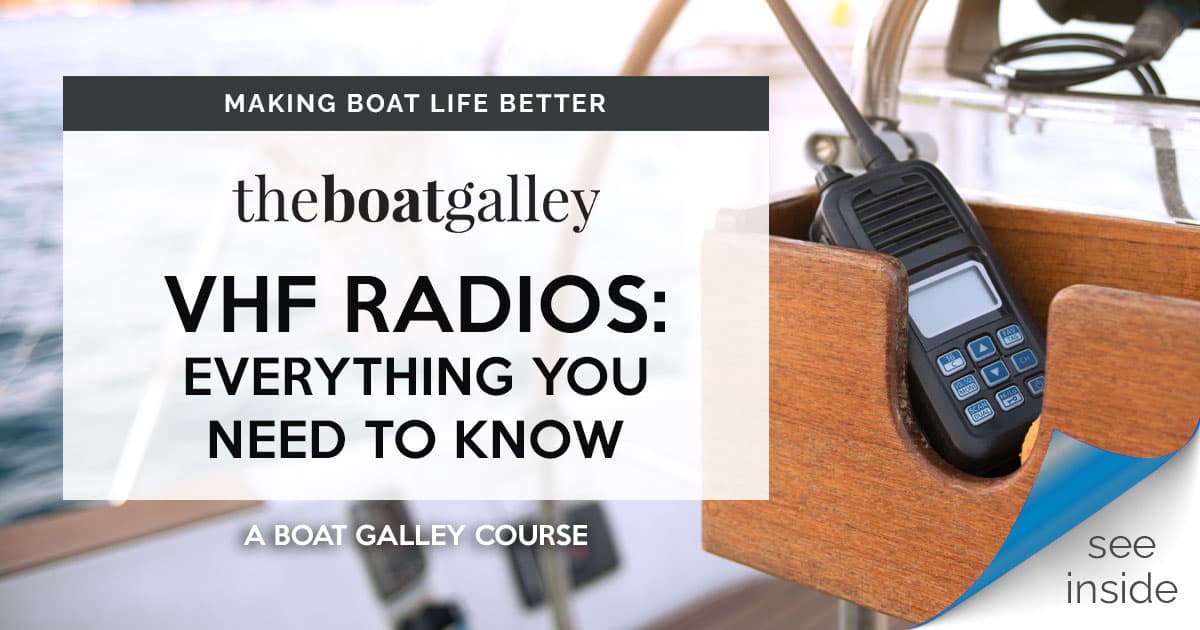
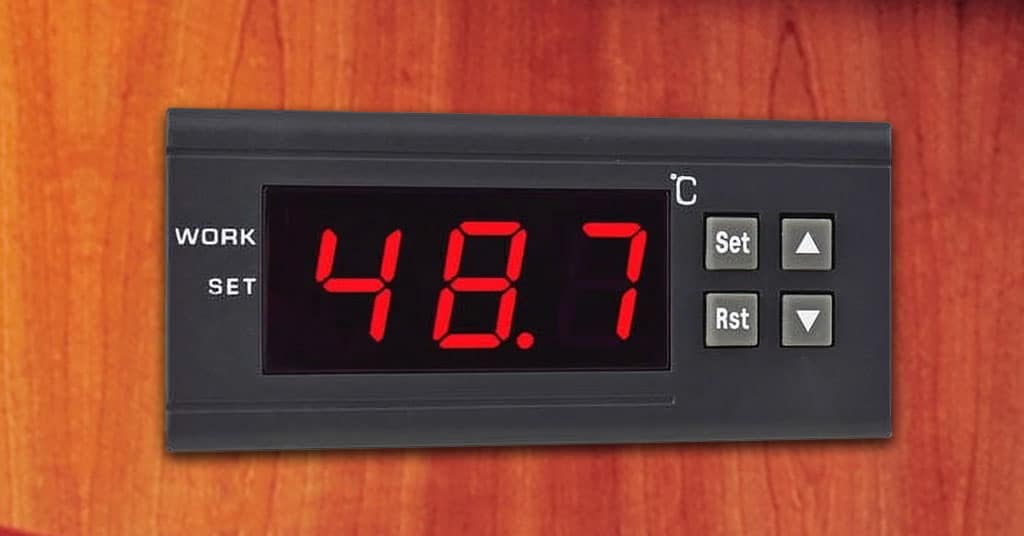

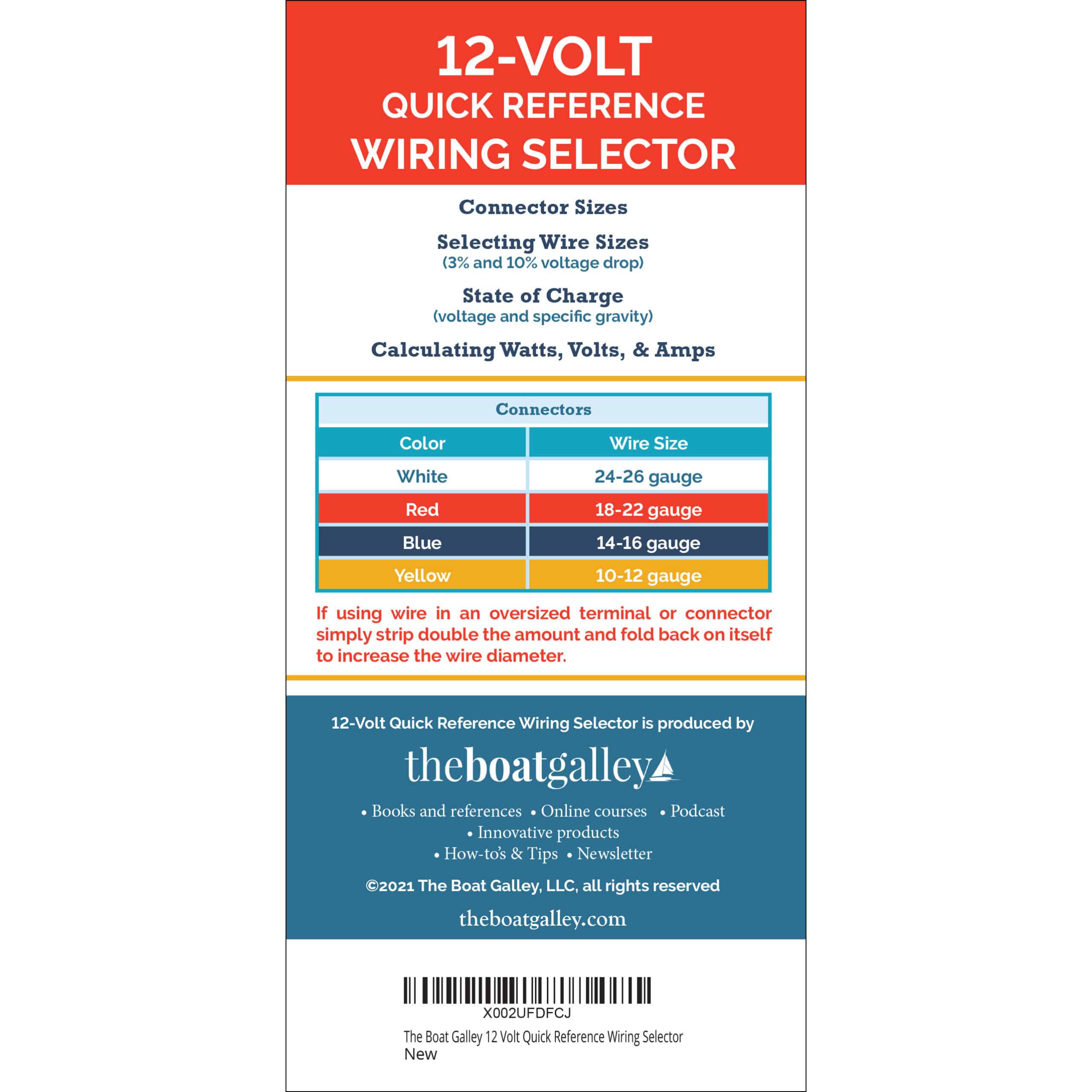
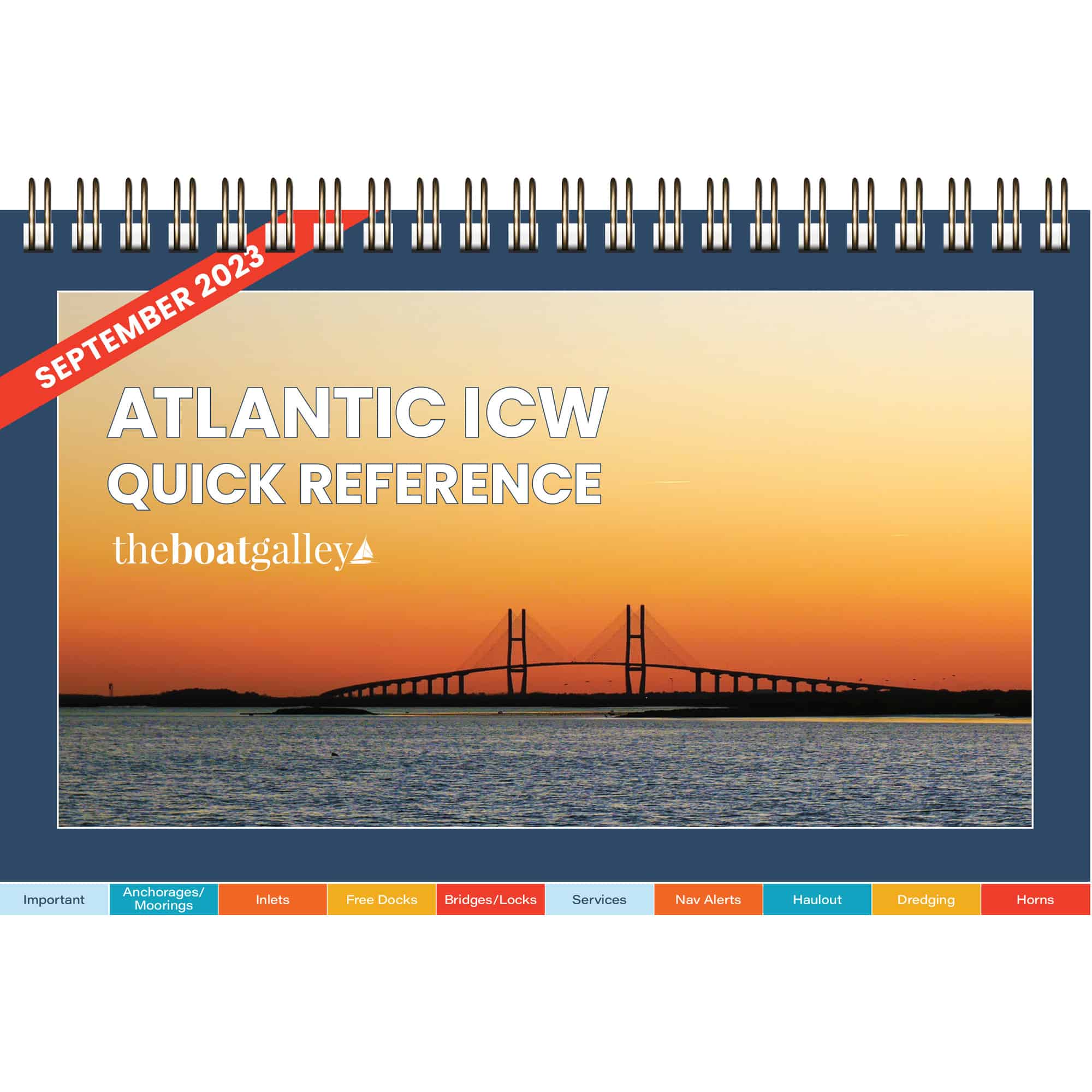

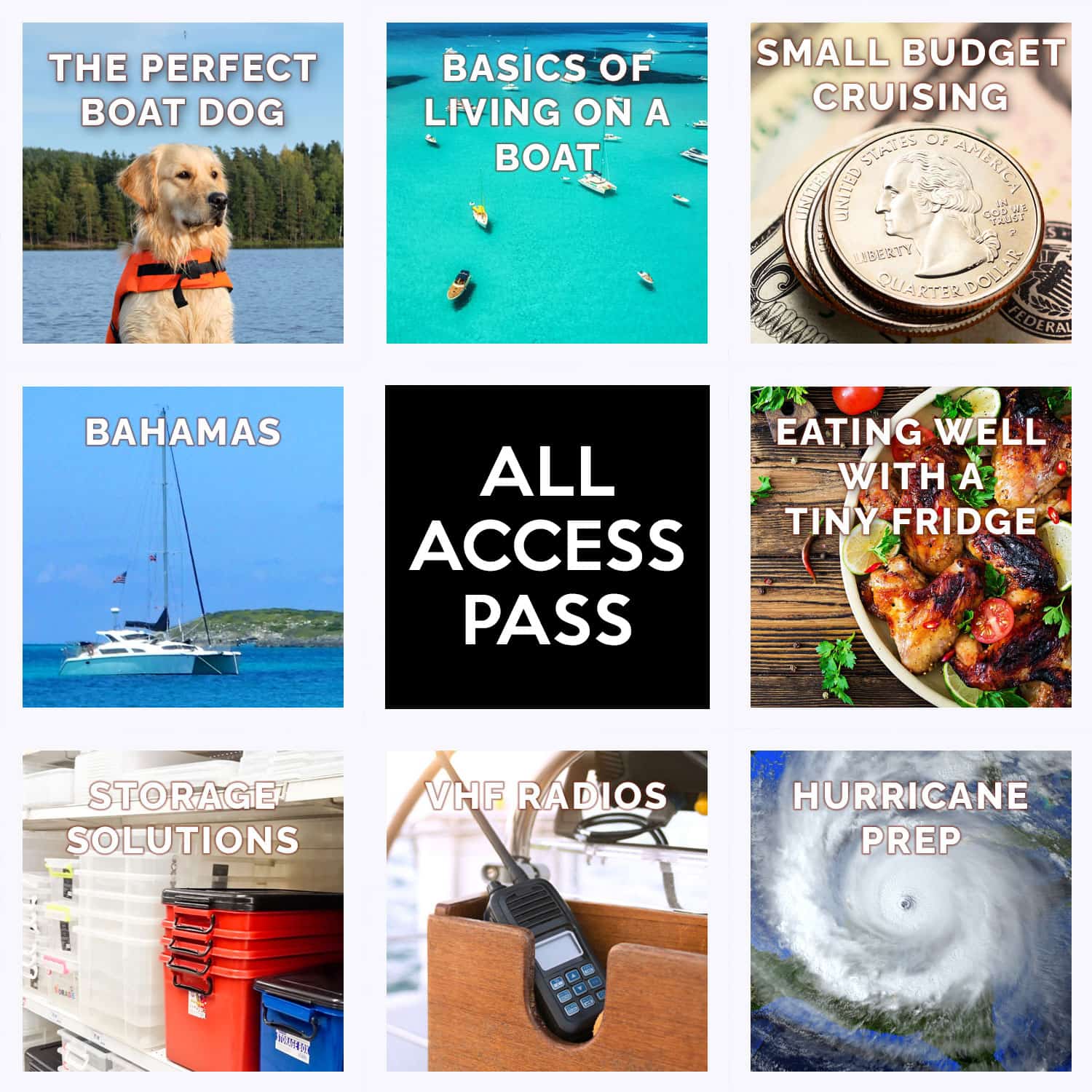


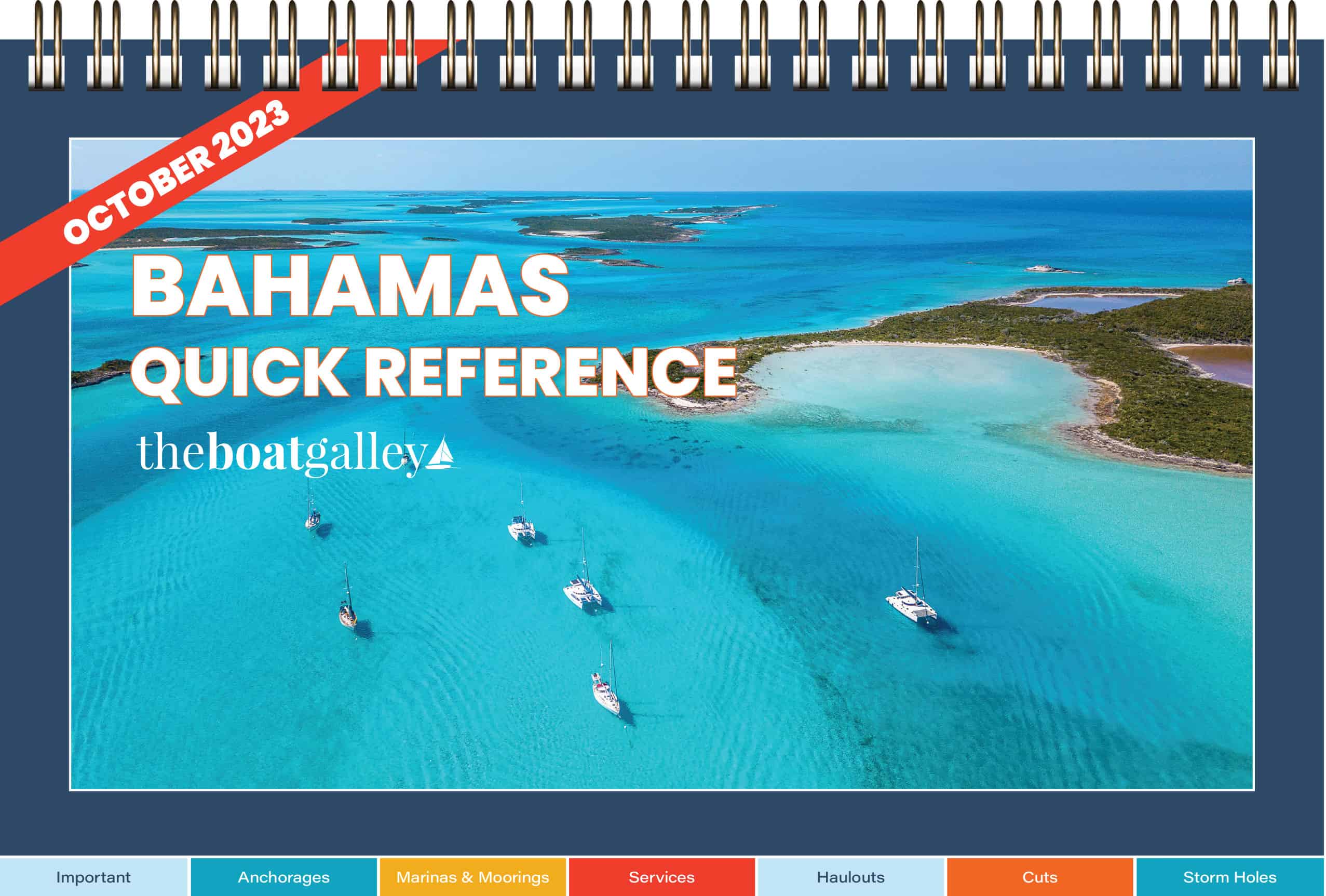
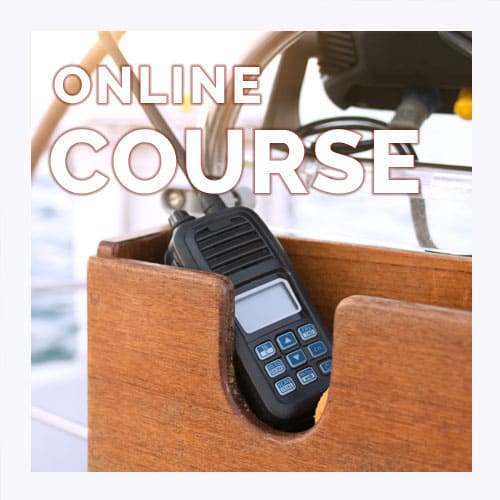
Leave a Reply